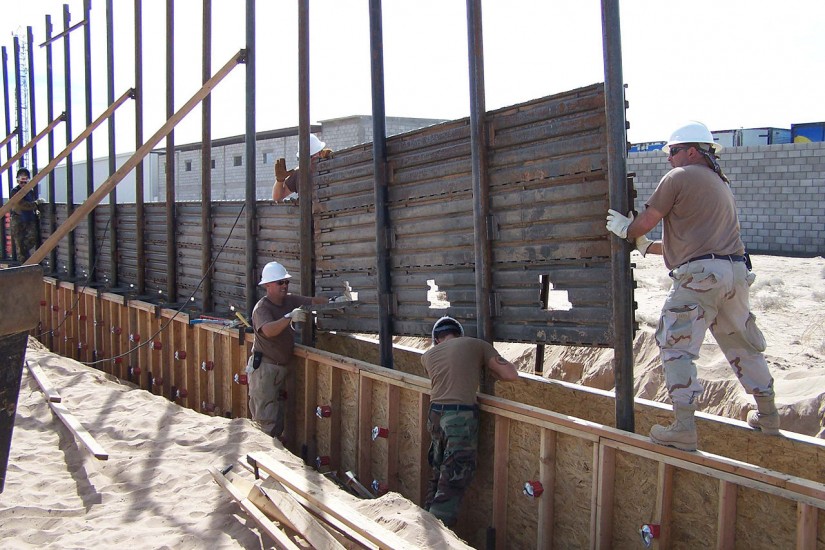On an August afternoon in 1918, a mysterious man approached the U.S.-Mexico border in the bustling town of Nogales.
For decades, the boundary between the two countries had been little more than an imaginary line in the sand, marked only by the occasional — often crumbling — pillar in the Sonoran desert. But rampant smuggling, the Mexican Revolution and the outbreak of World War I had split the border town in two, sowing fear and stoking tensions.
As the man walked toward Mexico, where Mexican soldiers were waving him on, a U.S. Customs inspector suddenly ordered him to halt.
Unheeded and suspecting the man was a smuggler, the customs inspector drew his gun.
So did two American soldiers, one of whom would later say he thought the man was one of the many German spies rumored to be trying to draw Mexico into war with the United States.
Yards away, Mexican officials also shouldered their rifles. When one fired, hitting an American soldier in the face, both sides of the border erupted in gunfire.
“A battle breaks out, killing 12 people, including the mayor of Nogales, Sonora,” said Rachel St. John, a history professor at the University of California at Davis who wrote about the incident in her 2012 book, “Line in the Sand: A History of the Western U.S.-Mexico Border."
The two-hour shootout marked the end of an era of easy movement across the boundary in Nogales, she said, as Mexican and American officials quickly agreed to put up a six-foot fence through the middle of the border town.
Today, the fence is now a 20-foot-high row of steel beams, recently reinforced with razor wire.
On Thursday, President Trump traveled to the border to demand $5.7 billion funding for a wall, a high-stakes visit that draws attention to the past century of wild, often unsuccessful efforts to fortify the U.S.-Mexico frontier.
Long before the perceived threat was Central American asylum seekers, it was German spies and Mexican revolutionaries, prostitutes and polygamists, Chinese immigrants and cattle infected with “Texas fever."
